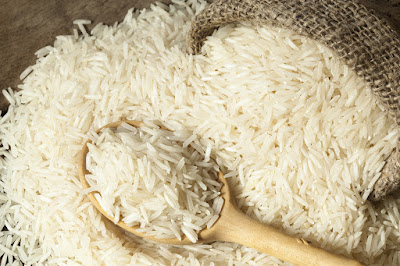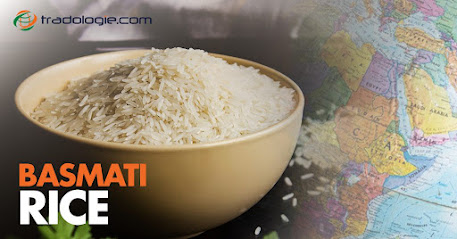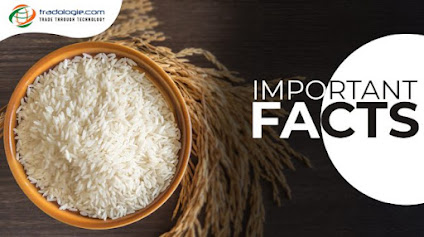Is Indian Pulses Export Market growing globally?

Indian pulses export market needs encouragement in the form of cash subsidy on pulses exports. Chickpeas (chana) prices are in dumps and below minimum support price (MSP). This is alarming as chickpeas is most produced lentils in India. To get rid of stocks on account of record production, Indian pulses traders are demanding 10% cash subsidy on export of chickpeas. There was 7% cash subsidy on export of chickpeas in the past but two years back Indian government abruptly withdrew it. Boost in exports of chickpeas is needed to get rid of excess chickpeas stock; otherwise pulses farmers and traders will face a huge loss. Chana cultivation covers 35 to 40% of total land under pulses cultivation in India and 50% of total pulses produced in India is chickpeas. So, quite naturally most exported pulse from India is chickpeas. If government doesn’t respond on time then farmers and traders will have to pay the price, nose-diving prices will hit them hard. Prices of other pulses necessitat





